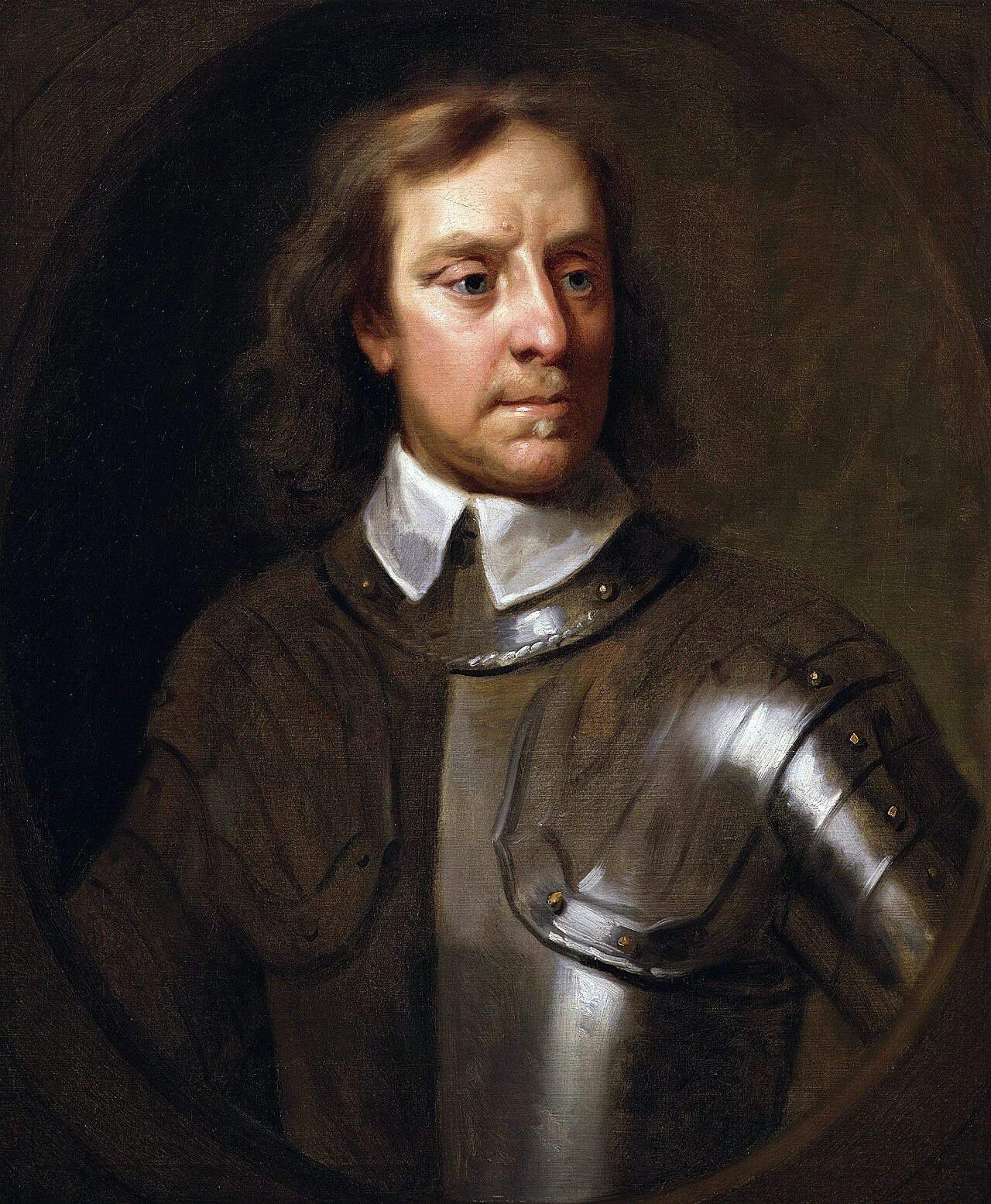2019 Summer Visit to Huntingdon Town Hall and the Cromwell Museum

By Peter Clarkson.
Huntingdon was the destination for the second outdoor visit of 2019 on our usual Thursday evening.
The visit was hosted by Stuart Orme and commenced with a tour of Huntingdon Town Hall. We learnt that the town hall was rebuilt in the 18th century and replaced an earlier medieval building that was on the same site. On the top floor is the almost original Assembly Room and this gives a good impression of how the room would have looked in the Georgian period when it was the venue for balls and other high-class functions. Hanging from the ceiling are two magnificent chandeliers and it has two original fireplaces and alcove section that provided an area to house the orchestra to play without taking up any of the dance floor. A number of very large (6 feet by 12 feet) portraits of people associated with Huntingdon and the town hall including the 4th Earl of Sandwich (the inventor of the Sandwich we enjoy today) who was a resident of Hinchingbrooke House.
Descending to the ground floor we then looked around the 17th Century Assize court despite being in use as a Magistrates court until earlier this century the court layout, furniture and fittings are virtually original and being in this condition it is of national importance to the history of the Justice system of Great Britain. It was a bit of an experience to have tea, coffee and biscuits seated in the well of the court and the lawyer’s benches.
The party then moved across to the museum by way of the square and Stuart pointed out and gave a brief resume of the history of the historic buildings surrounding the square including the Falcon Tavern, All Saints Church and the museum building itself.
The museum was originally part of the hospital of St John the Baptist that dated from the 12th century and following the reformation became the town’s grammar school and becoming a home for the Cromwell museum in 1962.
Oliver Cromwell was born in Huntingdon in 1599 and was educated in the town until he left in 1616 to study at Cambridge University but after two years his father’s death required his return in order to take over the family farm in Huntingdon. In 1629 Oliver was elected as the Member of Parliament for Huntingdon. Oliver left Huntingdon again in 1631 settling first in nearby St Ives and then in Ely.
The museum has a number of artefacts that had been owned by and / or associated with Oliver at various times in his life including his military service on the side of Parliament during the English Civil War and his later role as Lord Protector.
The museum has four of Cromwell’s swords in its collection along with his personal medicine chest that was taken by him on active service Cromwell’s hat and a pair of his boots are also on display in the museum. The museum also has most of the portraits painted of Cromwell and a copy of the one by Van Dyke. The museum has a copy of Mrs Cromwell’s cookbook that they are in the process of re-publishing.
The museum collection on display includes helmets and breastplates, uniforms, weapons, flags and banners from the civil war era.









Leave a Reply